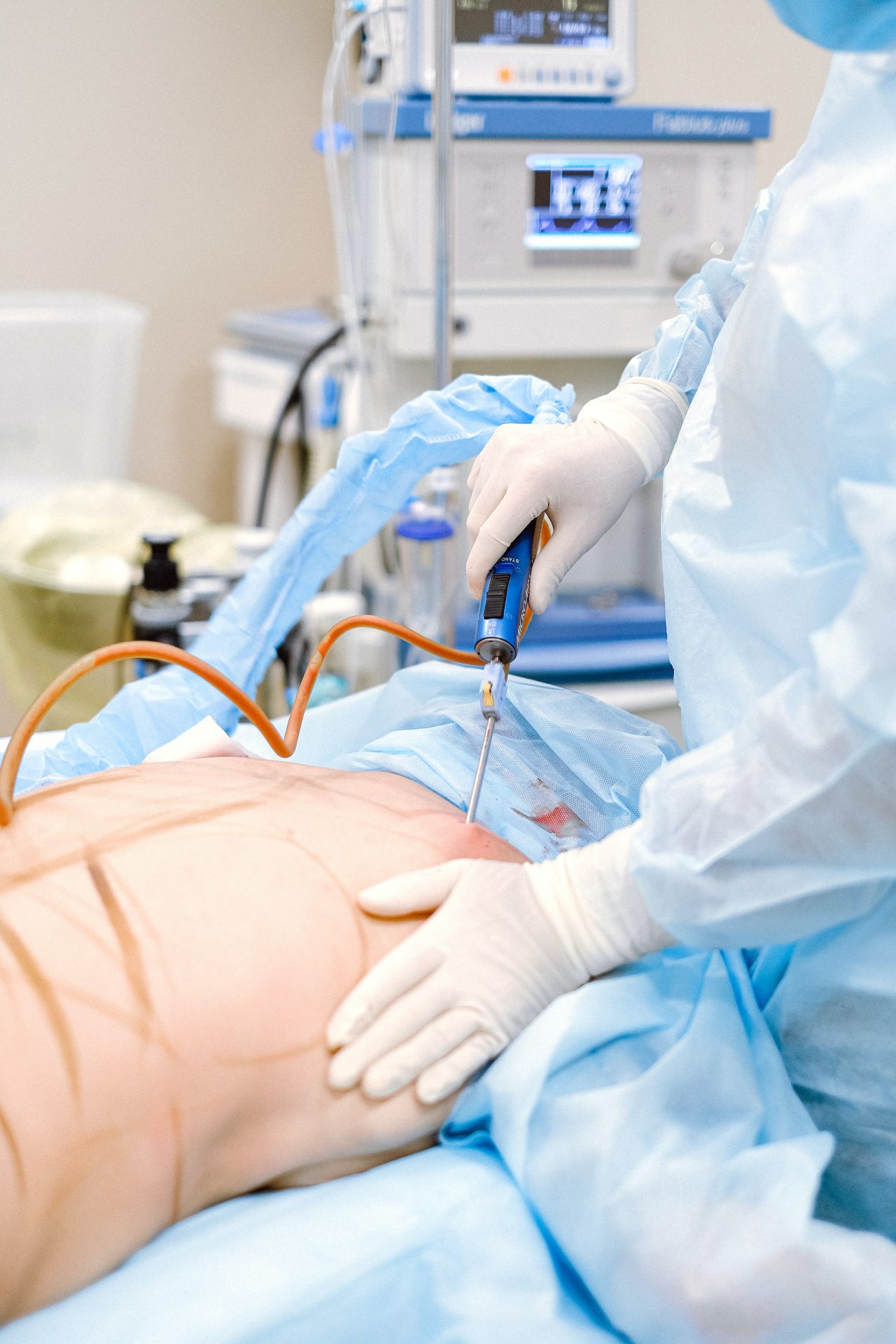Understanding Tickle Lipo

Could tickling your skin actually aid in shedding more pounds? Well, not quite, but that is how some patients describe the Nutational Infrasonic Liposculpture, often known as Tickle Lipo, procedure.
The Food and Drug Administration (FDA) has given the minimally invasive Tickle Lipo technique its seal of approval for body contouring and fat reduction.
If you’re interested in learning more about Tickle Lipo, what to anticipate from it, and how it varies from other liposuction procedures, keep reading.
How does it function?
Infrasonic technology is used by Tickle Lipo to help remove fat cells from various regions of the body. It is used most frequently in the following places: Back, abdomen, inner and outer thighs, and buttocks.
Tickle Lipo involves local anaesthetic as opposed to other liposuction treatments that may need general anaesthesia. This means that while the surgery is being performed, you will be awake; the region being operated on will be anaesthetized so you won’t feel any discomfort. Very little incisions are created during the surgery in regions with extra fat. In order to break up the fat by vibrating it, a thin tube is then placed into the incision.
Remember the tickling described earlier? Tickle Lipo gets its name from these little sensations. The treatment is rapid and minimally invasive. Because of the speed, you may even have numerous sections of your body treated on at the same time.
What sets it apart from other liposuction procedures?
The traditional method of liposuction includes making incisions and suctioning fat from beneath the skin. To achieve this securely, your doctor may give you general anaesthetic.
The less invasive Tickle Lipo treatment, on the other hand, simply needs local anaesthetic. This makes Tickle Lipo intriguing to those who are worried about the dangers of general anaesthesia. Because traditional liposuction is more intrusive, some tissue damage is unavoidably caused by the surgery.
You should thus anticipate experiencing some little discomfort as well as bruising, redness, and swelling. In addition, recuperation can occasionally be quite painful. Tickle Lipo causes less overall harm, and most patients should anticipate resuming regular activities a few days following the surgery.
Who would be an excellent candidate?
An excellent candidate for Tickle Lipo is often someone who desires body contouring in regions of excess fat, has reasonable expectations, and has never had an eating or body image issue. They are also prepared to alter their diet in order to preserve the outcomes.
The tickling is painful if there is less than 2 to 4 inches of fat in the parts of the body where fat loss is desired. Furthermore, since it doesn’t tighten tissue, if you have a lot of fat removed and as a result have extra skin, you can still need skin removal or skin tightening procedures. Anyone with diabetes or cardiac problems should avoid this treatment.
What is the price?
Since Tickle Lipo is seen as a cosmetic operation, insurance seldom pays for it. Given that, you should prepare to spend at least $2,500.
Given that, you should prepare to spend at least $2,500. price will change based on:
- The treated area
- How many locations are impacted
- How much fat should be eliminated
If numerous locations are treated at once, certain Tickle Lipo treatments, according to Soika, may cost more than $10,000.
The average cost of traditional liposuction, according to the American Society of Plastic Surgeons (ASPS), is $3,518. It’s vital to remember that this price does not include any operating room or anesthesia-related costs.
What are the dangers?
Tickle Lipo has hazards, just like any other medical or cosmetic operation. Uneven fat distribution and loose skin provide the greatest danger.
There is also the possibility of adverse effects, such as swelling, soreness & bruising. However, according to Barnett, they tend to resolve themselves rapidly and without medical intervention. Other dangers might include blood clots and infection, but Barnett says these are rare.
When investigating Tickle Lipo, make sure you look for a medical practitioner who’s qualified to conduct this operation and has expertise with Tickle Lipo. Tickle Lipo operations are typically performed by a board-certified dermatologist or plastic surgeon. Before choosing a doctor, the ASPS suggests asking many questions. Consider the following:
- What has your experience been like with this procedure?
- Are you an American Board of Plastic Surgery certified surgeon?
- Where and how will this treatment be carried out?
- What are the risks or hazards of this procedure?
How long does recovery take?
It is estimated that recovery from a Tickle Lipo surgery will take between 4 and 12 weeks. You will need to avoid hard exercise for the first four weeks, but strolling is acceptable.
You will also be required to wear a compression garment 24 hours a day for four weeks. The compression garment will thereafter be worn for another 4 weeks, but just during the day. The benefits would be seen immediately, but the edema and skin tissue adhesion may take 8 to 12 weeks to clear.
In conclusion
Tickle Lipo is a process that uses infrared technology to target and remove unwanted fat deposits. Tickle Lipo, unlike traditional liposuction, is performed under local anaesthetic.
During this surgery, a tube is introduced into tiny incisions created in regions of excess fat. Vibrations from the tube break apart fat cells. Tickle Lipo gets its name from these sensations.
If you have any questions about the Tickle Lipo operation or want to know if it’s suitable for you, consult with a board-certified plastic surgeon or dermatologist who has expertise with it.
You can read some related articles here.